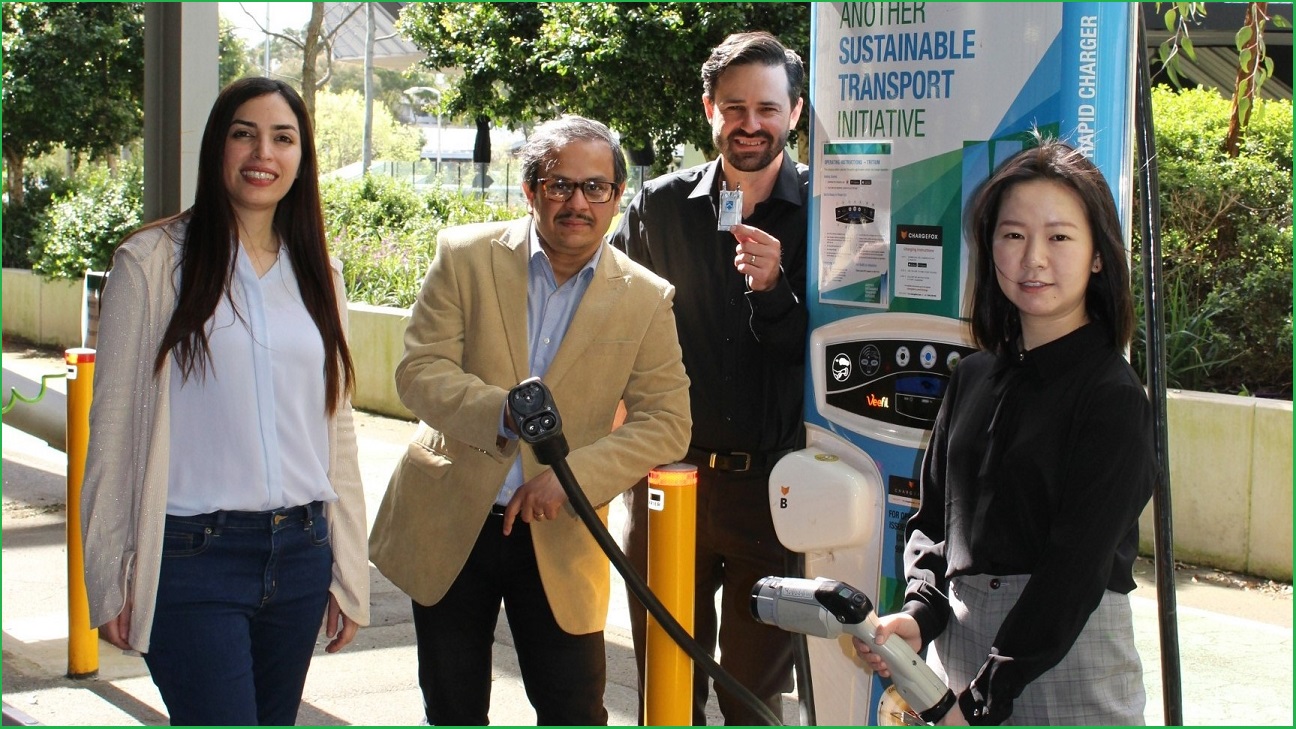Researchers in Australia have found an unlikely candidate to improve battery performance — sugar.
As unbelievable as it may sound, a team of researchers from Monash, assisted by the CSIRO, has shown that longer-lasting, lighter and more sustainable batteries can be created, which rival the lithium-ion ones essential for aviation, electric vehicles and submarines.
It comes with exciting potential and promises hope in supporting the uptake of EVs.
In theory, lithium-sulfur batteries could store two to five times more energy than lithium-ion batteries of the same weight.
However, the problem has been that the electrodes deteriorate rapidly when in use, leading to batteries breaking down.
There are two reasons for this: the positive sulfur electrode suffers from substantial expansion and contraction, weakening it and making it inaccessible to lithium; and the negative lithium electrode becoming contaminated by sulfur compounds.
With the addition of sugar, things change.
Using a glucose-based additive on the positive electrode, lithium-sulfur batteries could be stabilised, long touted as the basis for the next generation of battery technology.
The researchers first demonstrated they could open the structure of the sulfur electrode to accommodate expansion and make it more accessible to lithium.
Now, by incorporating sugar into the web-like architecture of the electrode they have stabilised the sulfur, preventing it from moving and blanketing the lithium electrode.
The team has cause for hope, believing that in all likelihood in less than a decade, the technology could lead to vehicles, including electric buses and trucks, which can travel from Melbourne to Sydney without recharging.
This potentially represents a huge leap forward in one of the limitations of EVs — running time between charges.
“It could also enable innovation in delivery and agricultural drones where light weight is paramount,” says lead author professor Mainak Majumder from the Department of Mechanical and Aerospace Engineering and associate director of the Monash Energy Institute.
Huge boost to storage capacity
Inspired by a 1988 geochemistry report describing how sugar-based substances resist degradations in geological sediments by forming strong bonds with sulfides, first author and PhD student Yingyi Huang and her colleagues set to work.
Test-cell prototypes constructed by the team then showed a charge-discharge life of at least 1000 cycles, while still holding far more capacity than equivalent lithium-ion batteries.
“So each charge lasts longer, extending the battery’s life,” said Huang.
While the team has solved many of the cathode challenges, it will take further innovation in protecting the lithium metal anode to enable large-scale uptake of this promising technology – innovations the team believes could be just around the corner.
“Manufacturing the batteries doesn’t require exotic, toxic and expensive materials,” she added.
Innovation in design
Battery innovation is going full steam ahead at the moment, as the drive to find solutions to aid in the uptake of electric vehicles, renewable energy and alternative energy storage gathers pace.
Take mining startup KoBold Metals, which is deploying machine learning to find new sources of battery metal deposits such as cobalt, nickel, copper and lithium.
Rock salt has even been proposed as a way reduce charge time and improve safety in EV batteries.
In other initiatives, researchers in the US have found a way to enable t-shirts to store power, potentially paying the way for clothing to charge phones and other devices.
The fibres are converted from cellulose to activated carbon using small parts of the fabric as an electrode, while remaining flexible, and could even see roll-up smartphones and laptops on the market in the future.
Going one step further, the individual fibres are coated with a thin layer of manganese oxide that further enhances the electrode performance of the fabric.










